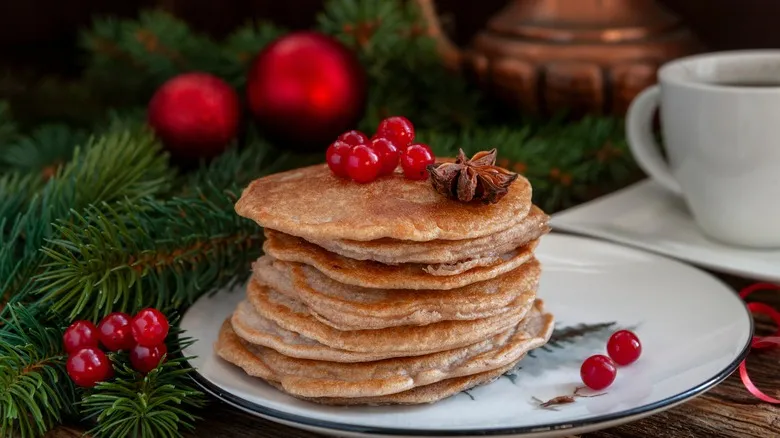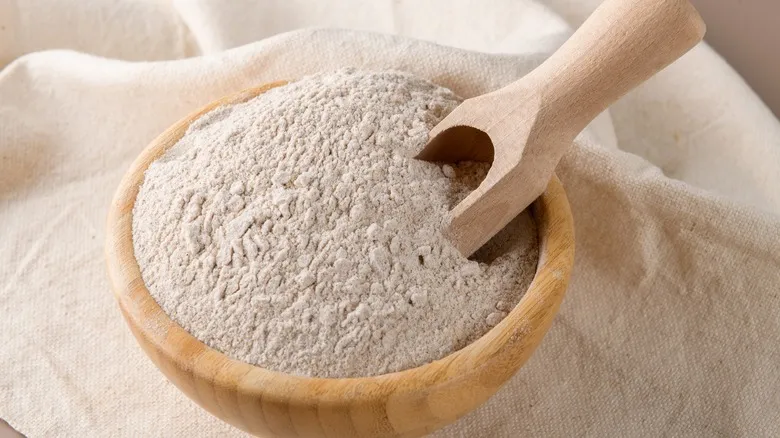Buckwheat: a hardy, delicious crop for tough times

In addition to providing a delicious and distinctive way to enhance your pancakes, buckwheat boasts considerable benefits over wheat in terms of agriculture and nutrition. It thrives in nutrient-deficient soil, is inherently resistant to pests, and requires minimal upkeep once sown. The planting process is straightforward—simply scatter the seeds onto lightly tilled soil, cover them gently, and allow them to grow.
Nutritionally, buckwheat is richer than wheat, likely due to the fact that buckwheat groats are actually fruit seeds rather than grains. This distinction may also explain why buckwheat flour tends to be denser than wheat flour, akin to other nut and seed flours. While many still favor light and airy wheat-based baked goods, buckwheat likely served as a valuable source of sustenance during the harsh winters of the Appalachian Mountains. Logically, hearty, nutty buckwheat cakes are probably more satisfying than fluffy lemon ricotta pancakes, although both are quite delicious.
If you choose to celebrate by experimenting with buckwheat flour at home, there are a few factors to keep in mind. Since buckwheat flour is naturally gluten-free, baked goods made with it will be denser and flatter, so we recommend starting with recipes like crepes or shortbread. However, buckwheat pairs wonderfully with both sweet and savory ingredients, easily complementing the bold flavors of strong cheeses and cured meats, or harmonizing with autumn spices, honey, and chocolate.
Recommended

Use Chef Jacques Torres' Tip For Better Chocolate Chip Cookies

The Single Ingredient That Takes Store-Bought Biscuits To The Next Level

Frozen Bread Dough Is Your Shortcut To Homemade Cinnamon Rolls

Gordon Ramsay's Pro-Tip For Baking A Light And Airy Sponge Cake
Next up

